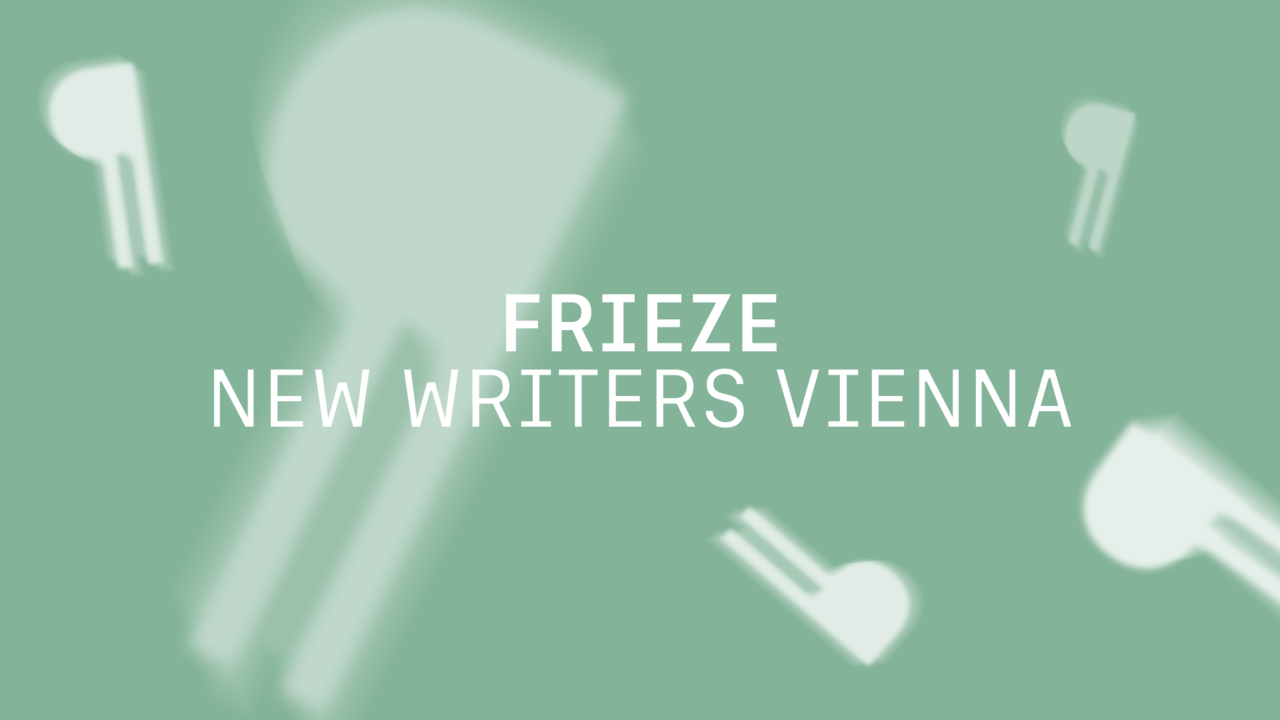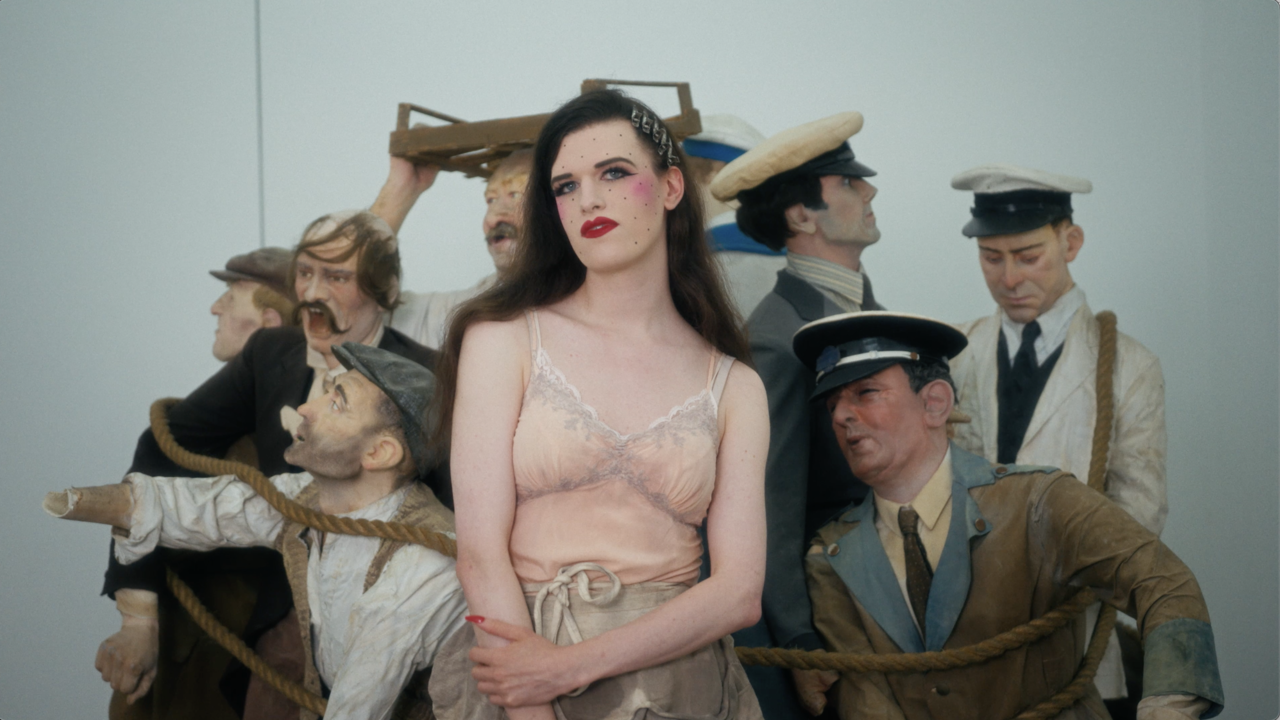Jo Ractliffe
Photography, Africa, dystopian fantasies and ‘the present as a screen’
Photography, Africa, dystopian fantasies and ‘the present as a screen’

During a recent visit to an out-of-the-way literary festival in South Africa, the American novelist Richard Ford spoke about that most primary of faculties: sight. ‘I don’t think I record anything’, the author of The Sportswriter (1986) told an audience near Cape Town. ‘I notice things. Really and truly, you can’t record things.’ Ford’s claim, and the semantic precision on which it hinges, are not without bearing on the work of the South African photographer Jo Ractliffe – even if her impressionist photography is miles apart from Ford’s suburban naturalism.
Africa is a continent where the verb ‘to take’ elides a whole history of exploitative practices, and not simply with the lens; in South Africa, where the noun ‘photographer’ is often paired with the verb ‘to witness’, Ractliffe deliberately eschews these delineations. Her oeuvre is pocketed with many under-rated, even subversive, acts of imagination – imagination here representing ‘the afterlife of what journalism can achieve’, to quote Ford again.
‘My interest is not in the immediacy of the moment and the thing in front of me’, offers the Johannesburg-based artist, whose work only obliquely and allegorically addresses the seismic eruptions that have defined the subcontinent where she was born in 1961. ‘It is always the stuff that circulates around it, the felt experience.’ This self-described ‘off’ sensibility is acutely manifest in Ractliffe’s work Vlakplaas: 2 June 1999 (Drive-by Shooting), from 1999. Presented as a video and a long composite photograph, Vlakplaas details the photographer’s attempts to view the site of a former apartheid-era death camp. The work offers little by way of insight into the violent minutiae of South Africa’s past, just the cumulative debris of ordinary things: a telephone pole, a gate, a steering-wheel, dogs – the latter a recurring constant in her work. Of Vlakplaas’ intractability Ractliffe has written: ‘I was utterly unprepared for what I saw – or rather, didn’t see – that the “Vlakplaas” I was looking for was nowhere to be found.’
For Okwui Enwezor, who has described Ractliffe as ‘one of the most accomplished and under-rated photographers of her generation’, the work ranks alongside J.M. Coetzee’s novel Disgrace (1999) for its studied engagement with ‘landscape as archive’. Coetzee, who has written extensively about landscape, once encapsulated the white artist’s evocation of land and place as follows: ‘The poet scans the landscape with his hermeneutic gaze, but it remains trackless, refuses to emerge into meaningfulness as a landscape of signs.’
Coetzee published these words in 1988, the same year Ractliffe produced ‘Nadir’, a monochromatic series of 24 black and white photographs and 16 screen-printed, photographic lithographs. Using her own documentary photographs, made in waste dumps, junkyards and shanties, Ractliffe crafted a dystopian fantasy that had as much to do with the fag-end of apartheid as with her admiration of Russell Hoban’s book Riddley Walker (1980). ‘Nadir’ is notable too for its early refinement of Ractliffe’s ongoing interest in ‘the spill and abject leakage’ of war and its aftermath.
Her latest body of work, Terreno ocupado (Occupied Land, 2007–8), extends this concern beyond South Africa to the Angolan capital, Luanda. Selected by Enwezor for this year’s Gwangju Biennial, the work claims a literary origin. ‘The dogs were still alive’, writes the Polish newshound and essayist Ryszard Kapuscinski in Another Day of Life (1988), a recollection of Luanda’s fraught transition to post-colonial rule in 1975. ‘They were pets, abandoned by owners fleeing in panic.’ Intrigued by Kapuscinski’s observation, also the subsequent disappearance of this itinerant pack, Ractliffe decided to go find the dogs – three decades after the fact. It was a hopelessly futile quest. ‘I always do that,’ laughs Ractliffe, ‘search for the impossible.’ Did she find them? ‘Literally, yes, there are dogs everywhere.’ But no boxers, bulldogs, greyhounds or dachshunds, as Kapuscinski diligently listed them. And anyway, her attention was quickly diverted by the immediacy of contemporary Angola, in particular the city’s sprawling Roque Santeiro market, which derives its name from a Brazilian soap opera, and Boa Vista, one of Luanda’s oldest and largest slums.
In a country reputed to be one of Africa’s most expensive, a consequence of Angola’s resource wealth, Ractliffe’s decision to locate her project in Luanda’s ghettos is noteworthy. Walking around Roque Santeiro, she explains, ‘I started developing a sense of what I was looking for beyond the appearances and documentary state of things’. In part, it was the leftover traceries of myth. Like Vlakplaas, Angola represents a place deeply embedded in the apartheid imaginary; for years it was a vague somewhere that white army conscripts were sent to fight Communism, Blackness and, more figuratively, the strangeness of Africa’s immense beyond.
Ractliffe’s attempt photographically to intuit things beyond the specificities of time and place may seem charmingly flawed. Not so. ‘I think the documentary character of photography is not simply the freezing of the time of an event, but rather has the quality of being unceasingly involved with the totality of time stretching endlessly before and after’, writes the photographer Daido Moriyama in his book Memories of a Dog (2004). It is a sensibility that similarly pervades Ractliffe’s photographs of brutalised topographies. States the artist: ‘It’s like the present is a screen for something else, and that’s what I’m trying to get in my pictures.’






















